- In 2023, there were a recorded 2,444 anti-Christian hate crimes documented by police and civil society in 35 European countries, including 232 personal attacks, such as harassment, threats and physical violence, according to a report from the Observatory on Intolerance and Discrimination against Christians (OIDAC). At least 2,000 Christian places of worship were damaged in 2023. These attacks took place throughout the continent, including Germany, the United Kingdom and especially France, reports Paul Marshall in Religion Unplugged (November 19). France had almost 1,000 anti-Christian hate crimes in 2023, about 90 percent of which were aimed at churches and cemeteries, as well as at least 84 religion-related personal attacks. In the UK, there was a 15 percent increase in incidents in comparison to 2022, with some 700 cases reported. Several of these were against converts from Islam. Germany saw a more dramatic increase of 105 percent, with 227 incidents in 2023 compared to 135 in 2022.

The report also included discrimination against Christians in public life and the workplace, such as Christian politicians facing discrimination and being forced to choose between their political vocation and their faith. This has led to increasing self-censorship among Christians. The reason why these findings receive less attention than similar reports on violations against Muslims and other minorities, especially against Jews, is that those attacks are more widespread in the West, especially since the Oct. 7, 2023, Hamas assault on Israel and the subsequent and ongoing Israeli military strikes in Gaza. But Marshall adds that another factor is the “outdated—but persistent—belief in much of our media that Christianity is largely Western and white and thus more likely to be an oppressor than oppressed. Hence, the issue of the persecution of Christians is seen as a ‘right-wing’ concern. This is often more an implicit attitude rather than an explicit belief, but the result is the same.”
(Religion Unplugged, https://religionunplugged.com/news/2024/11/19/in-time-for-red-wednesday-new-report-details-christian-persecution-worldwide)
- Some 985 Buddhist institutions (including temples, centers and groups) are active in Latin America, a new analysis finds. In a contribution (in Spanish) to the newly published Volume II of Estudios Budistas en América Latina y España (edited by Jaume Vallverdú and Daniel Millet Gil), Frank Usarski (Pontifical Catholic University of São Paulo, Brazil) notes that most research on Buddhism in Latin America has been limited to specific countries. In order to get a sense of the Buddhist presence throughout the region, he tries to provide a panorama of the current situation in institutional terms, finding the distribution of institutions to be uneven: Brazil hosts 392 (comprising 40 percent of the total), followed by Mexico (139 institutions), Chile (87) and Argentina (84). There are fewer in countries such as Colombia (48), Venezuela (37) and Peru (35). Virtually every Buddhist school is represented in at least one Latin American country. The Mahayana tradition dominates with 565 institutions (60 percent), mainly from Japanese schools such as Soka Gakkai and Zen. The Vajrayana tradition (Tibetan Buddhism) accounts for 354 centers (32 percent), while Theravada is the least represented, with only 38 centers (4 percent).
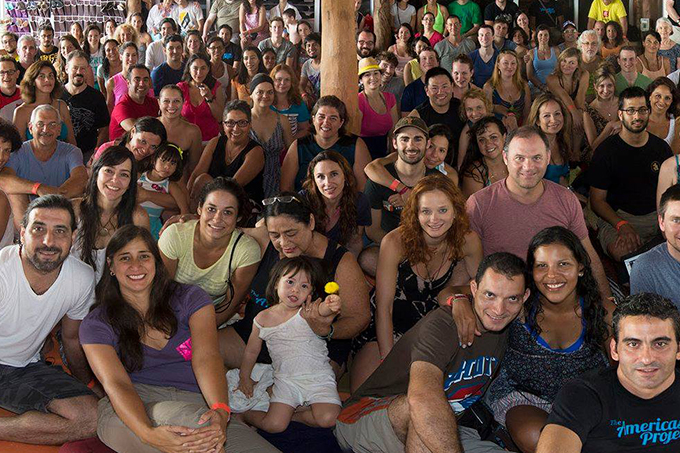
Within Mahayana Buddhism, Soka Gakkai (240 local centers), Zen, and Shin Buddhism are the most common schools. Within Vajrayana, the most numerous Tibetan school is Kagyu (about 118 groups), followed by Nyingma (about 89 groups). The New Kadampa Tradition has established about 55 centers in Latin America. The Gelug school is represented by about 44 centers. The study underlines the crucial role played by Asian immigration in the development and establishment of Buddhist institutions in Latin America. Japanese immigration has had the most profound impact, while Chinese and Korean communities have contributed less but have still established notable centers. On the other hand, the role of converts, or non-Asian Buddhists, in the growth and diversification of Buddhism in Latin America is also recognized. Converts have contributed to the establishment of various Buddhist institutions, particularly in countries with smaller Asian immigrant populations.
- Current statistics on Roman Catholic monastic communities show that, compared to previous generations, the people who enter them now are on average older, have a higher level of education, and more often have professional experience.The decline in religious vocations in Europe is well known. In an article (in French) appearing in the latest issue of Archives de Sciences Sociales des Religions (July-September), Isabelle Jonveaux (Swiss Institute for Pastoral Sociology SPI/University of Fribourg) examines the changing profile of Catholic monastic vocations in three European countries (France, Austria, and Poland), analyzing both quantitative and qualitative changes in recruitment patterns and the challenges (and possible opportunities) these changes pose for monastic communities. She uses statistical and qualitative data gathered from various sources and a sample focusing on monastic communities following the Benedictine Rule. There has been a significant increase in the average age of entry into monastic life, a trend evident in both male and female orders across Europe. While the average age of entry was in the early 20s for those entering monastic life before 1960, it has risen steadily to the 30s for those entering after 2000. This shift is in line with the general trend in Western societies toward later ages for marriage and childbearing. At present, monastic life is aimed at people who are already adults, even if the training requires resocialization to a new way of life.
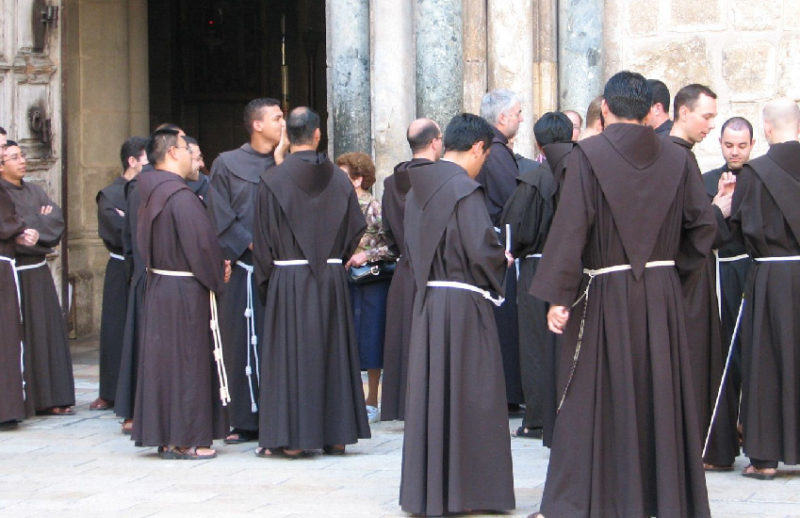
Current entrants tend to have higher levels of education, with 62 percent having completed more than three years of university. Most have significant work experience, with 73 percent having worked before entering the monastery. In general, traditional local recruitment through parish connections has declined. The circle of recruitment has widened, with more people joining monastic communities far from their homes. Some candidates deliberately choose distant monasteries to make a clear break with their previous lives. There has been a “transition from vocations of continuity, often associated with primary socialization in a religious institution, to vocations of rupture.” The Internet and social media have become primary means of initial contact. Monasteries maintain an online presence, sharing information and answering questions about their way of life, while trying to avoid explicit recruitment marketing. In the past, most people entered monastic life in their late teens or early 20s. As the age of entry into this life increases, so does the accumulation of experience as an autonomous adult. However, “entering the monastery requires giving up certain forms of autonomy in favor of a way of life defined by the rule,” Jonveaux writes. Another challenge is the need for individualized training. In the past, when there were more vocations, it was common for novices to be trained in groups. However, the decline in vocations has made this more difficult, resulting in many monastic communities offering individual training, which can be challenging for both the novice and the novice director. The future of monastic life may depend on successfully managing these transitions while preserving authentic religious experience.
(Archives de Sciences Sociales des Religions, https://journals.openedition.org/assr/)
-
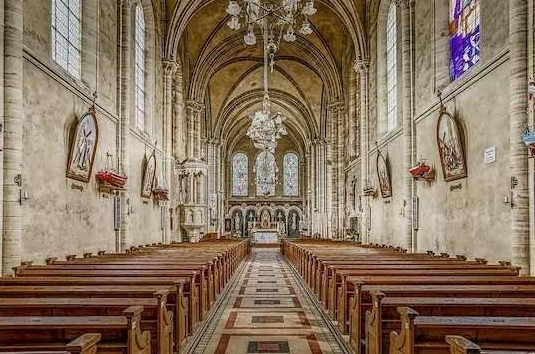
A study of congregations in Switzerland finds both a continuing pattern of secularization and increasing openness and acceptance of homosexuality and the role of women in church leadership. The study, conducted by researchers from the University of Fribourg and the Strasbourg and Basel faculties of Theology, and reported in Evangelical Focus (November 29), found that the total number of local religious groups during the period under review fell from 6,341 in 2008 to 5,883 in 2022, a decrease of 7.2 percent. Participation in religious events fell from 894,000 (2008) to 824,000 (2022). The average age of leaders and regular participants also increased (by three years) during this time. Roman Catholics and Reformed Protestant churches lost the most members, while evangelicals and charismatics showed more fluctuation. In addition to secularization and aging, the study found that the percentage of local religious groups accepting homosexual people as full members of the community rose from 63 percent in 2008 to 75 percent in 2022. “The growing acceptance of homosexual people is particularly evident in the Roman Catholic, Protestant-conservative and Muslim traditions,” the researchers write. The share of groups showing greater openness to women in leadership roles has grown from 47 percent to 54 percent, with 15.2 percent actually being led by a woman (from 12.4 percent in 2008). This increase has been seen most strongly in Reformed, classical evangelical, and Buddhist groups, while “conservative evangelical,” Orthodox, Muslim and Hindu Sikh groups have “changed little or negatively.”
(Evangelical Focus, https://evangelicalfocus.com/europe/29199/secularisation-and-age-of-religious-leaders-grows-in-switzerland)
- Recent studies find both an increasing lack of trust in the Orthodox Church and a growth in atheism in Greece. The polling firm Public Issue ran a survey on trust in institutions in Greece and found that 71 percent of Greeks lacked trust in the Orthodox Church, the largest share since the company started to collect data on this question in 2007. The national sample comprised 2,000 people. EUREL Newsletter (November), a publication reporting on trends and information on law and religion in Europe, notes that another survey by the opinion poll company Kapa Research found that belief in God fell from 92 percent in 2005 to 73 percent in 2024. The study also found that the percentage of people supporting the separation of church and state had grown from 59 percent in 2003 to 70 percent today. This national survey polled 1,469 people.

Saint Nikolaos Holy Orthodox Church, Parikia, Paros, Greece (© 2023 Warren LeMay | Flickr).
(EUREL, https://www.eurel.org)
- While less than two-thirds of Bulgarians believe in God, most identify as Orthodox, according to a survey conducted by the Bulgaria-based Gallup International Center for Social and Political Studies and Research. The survey of 802 respondents, reported in the EUREL Newsletter (November), was the first survey on religion conducted since the election of the former Metropolitan Daniil as the Patriarch of the Bulgarian Orthodox Church. Patriarch Daniil has been seen as more Russia-oriented than previous church leaders, criticizing the granting of autocephaly to the Orthodox Church in Ukraine by the Ecumenical Patriarchate of Constantinople. In a society where Orthodoxy takes on the role of a national identity as much as a religion, the survey found only 19.7 percent of Bulgarians saying they went to religious services often. Additionally, 43.1 percent said they trusted the Orthodox Church, while 35.8 percent distrusted it. As for Patriarch Daniil, 30.6 percent of respondents expressed trust in the leader, while 27 percent expressed distrust in him. An additional 22.6 percent said they flatly did not trust him and 19.8 percent said they were unaware of the patriarch’s personality. The survey also showed the demographic makeup of Bulgarians: 75.3 claimed the Orthodox faith, 9.9 percent chose Islam, 11 percent no religion, and the rest affiliated themselves with small religious communities.
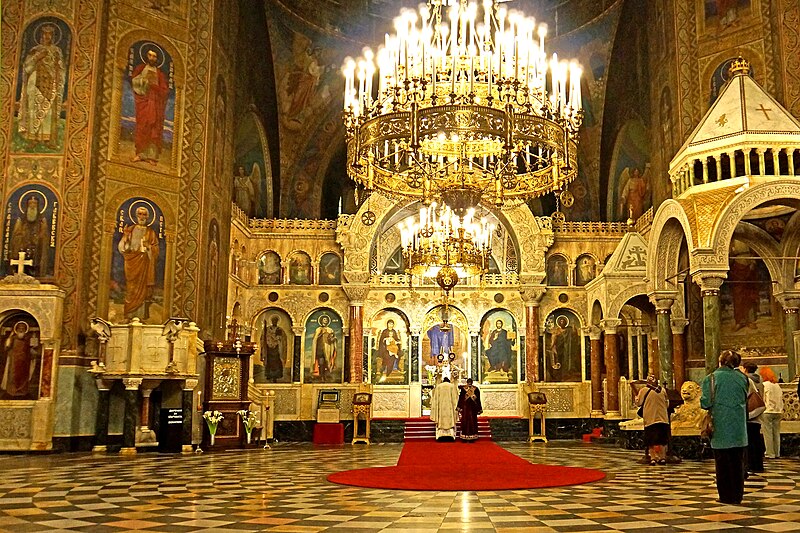
St. Alexander Nevsky Cathedral, Sofia, Bulgaria (© 2013 Dennis Jarvis | Flickr).
- Religious youth in war-torn Lebanon tend to disassociate their faith from the sectarian conflict that has scarred the country, a study appearing in the journal Politics and Religion (online in October) finds. Anthropologist Fidelia Danielle Renne (Oxford University) interviewed participants in community-based youth associations having a religious component, places that one might think would fuel sectarian conflict and violence. Renne found, however, that these participants did not see a conflict between their religious involvement and an anti-sectarian political outlook. In interviewing members of Shi’ite Muslim, Orthodox, and Maronite youth associations, she found that even as they were attached to their respective groups—often for social as well as religious reasons—these young people also engaged in interfaith friendships. “We were raised on an idea that Muslims are not good, that Druze are not good, [but that] Christians are good,” one Orthodox interviewee said. “But in [association’s name] we learned that everyone is good. And we always have connections with Muslim people…”
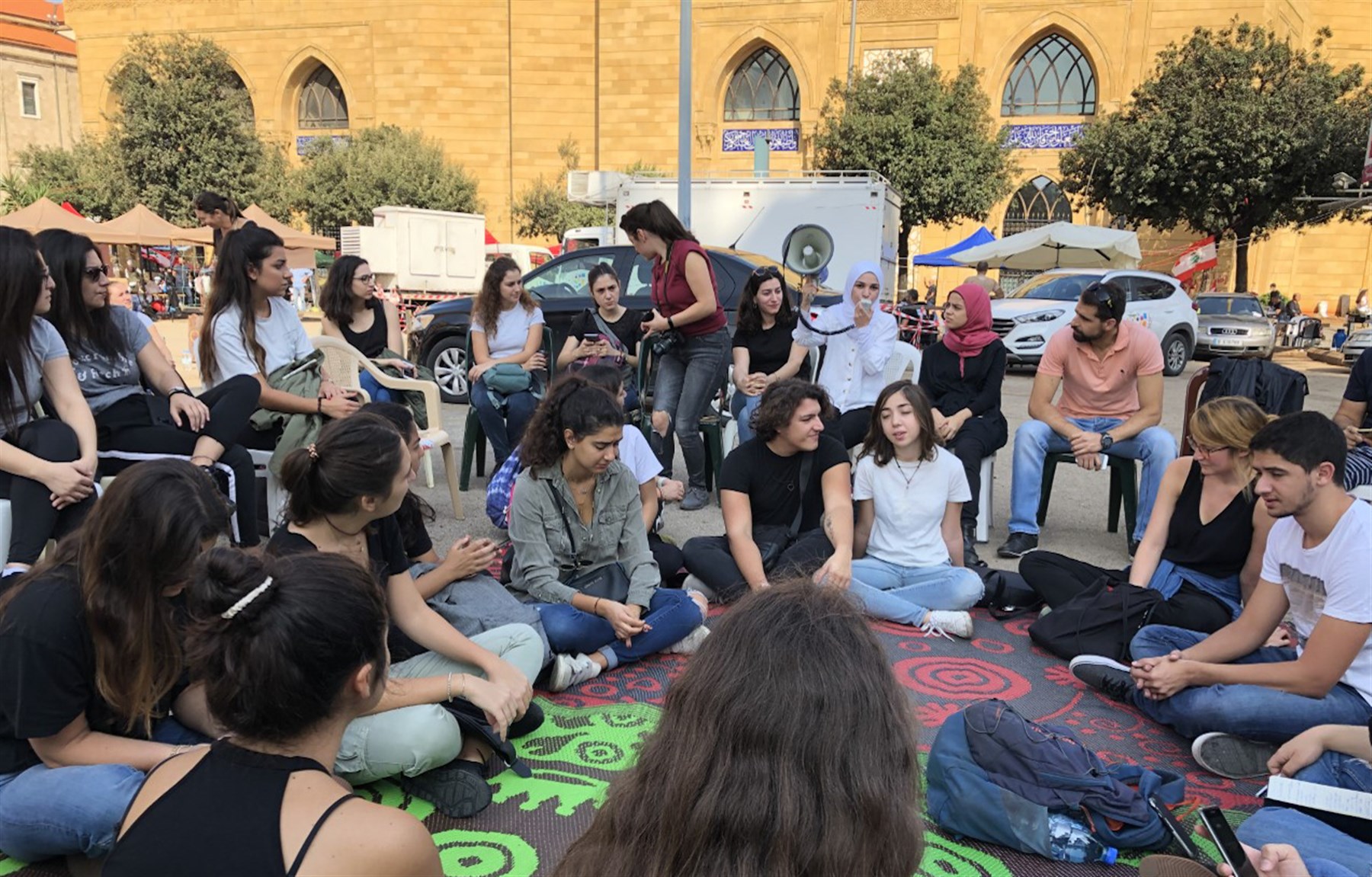
While denouncing sectarianism as divisive, most respondents spoke of religiosity as socially bonding and integrative. They were also opposed to the idea that Lebanon’s struggles were due to religion; they more often cited political divisions and structural issues as being responsible for these conflicts. While Renne’s sample of respondents may not be representative, she cited recent survey research showing a marked increase in self-reported religiosity in Lebanon, especially engagement in religious practices, while showing a decrease in support of religion as an identity. This may suggest that “youth may be looking for something within religiosity that is not only different from sectarianism, but actually runs counter to the logic and aims of ‘sectarianism’ in their minds.”
(Politics and Religion, https://www.cambridge.org/core/journals/politics-and-religion)
- While secular people in Turkey have higher rates of university degree attainment and employment in the public sector, under the rule of the religiously conservative Justice and Development Party (AKP), pious Sunni Muslims, especially younger women, have shown a significant improvement in public sector employment, whereas seculars have seen a relative decline in their numbers. In a study appearing in the journal Public Choice (online in November), Cem Oyvat, Hasan Tekgüç, and Alper H. Yagci analyzed individual-level survey data from 2012 to 2018, analyzing whether age cohorts entering the labor market before and after the AKP assumed power in Turkey experienced different public employment outcomes based on their religion and religiosity (even when controlling for education). They found that pious Sunnis moved into these positions, closing the education gap. Older cohorts of pious Sunni women have a substantially lower likelihood of being employed in the public sector compared to secular women. But this disadvantage disappears for younger cohorts and turns into an advantage in the youngest cohorts, who likely entered the job market after 2013, when the government lifted the ban on headscarves (a visible marker of Sunni piety among women) for civil servants.
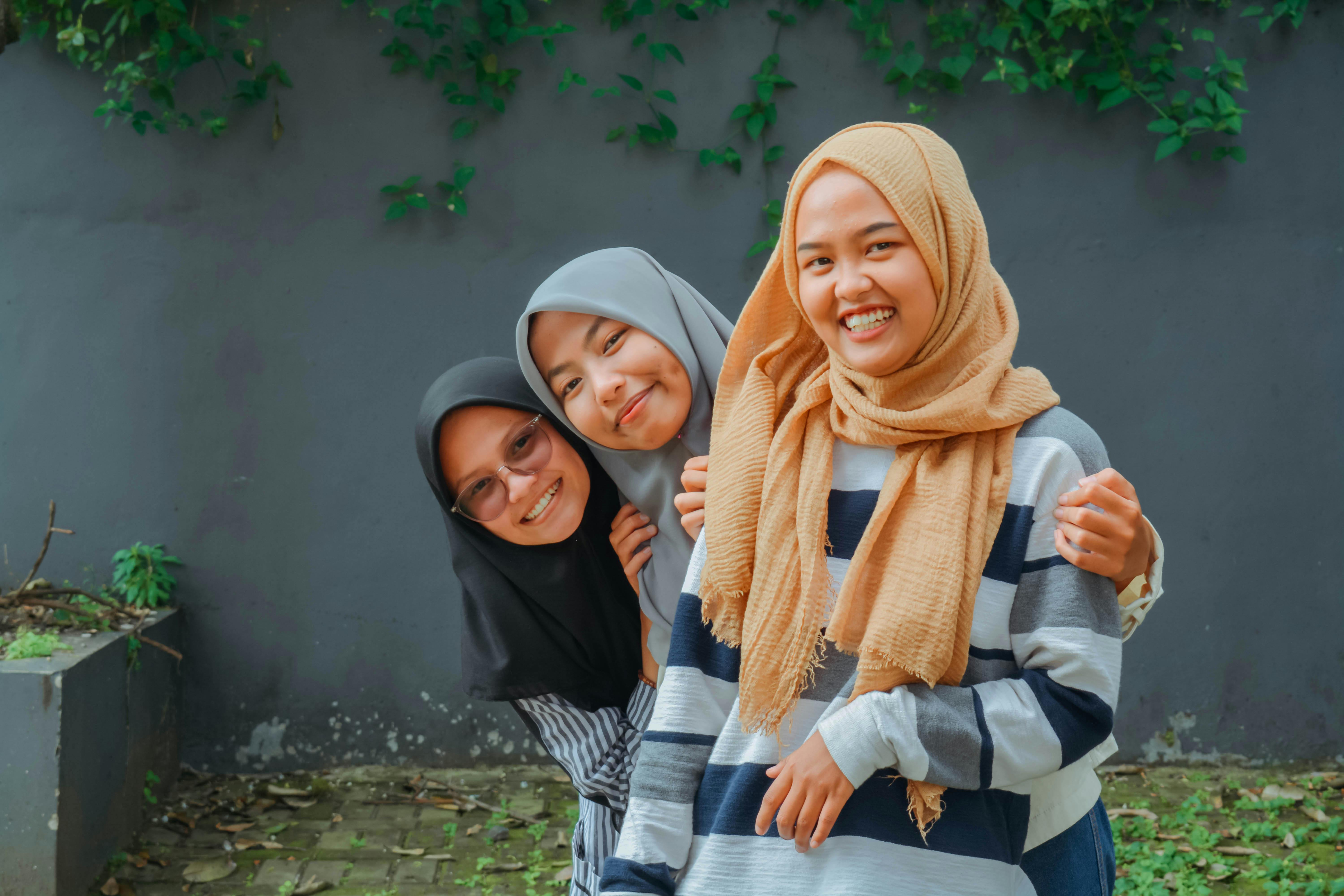
Source: Ceng Ismail | pexels.com.
Moreover, during the AKP’s rule, not only did pious Sunnis, constituting a large share of Turkey’s population, improve their likelihood of being employed in public-sector jobs, but the smaller group of highly religious Sunnis (only 9.3 percent of the population) also improved their employment opportunities in the public sector compared to others, including other pious Sunnis. The researchers note that their findings were likely driven by the lifting of the headscarf ban in public employment as well as AKP’s strategic use of public employment and resources to reward like-minded groups in both the public and private spheres. They add that, “whether the increase in pious Sunni public sector employment resulted from favoritism in recruitment, an increase in pious Sunnis’ willingness to apply for public sector jobs, or both cannot be determined using our data. However, our results highlight the important role of religious identity in public employment.”
(Public Choice, https://link.springer.com/journal/11127)








